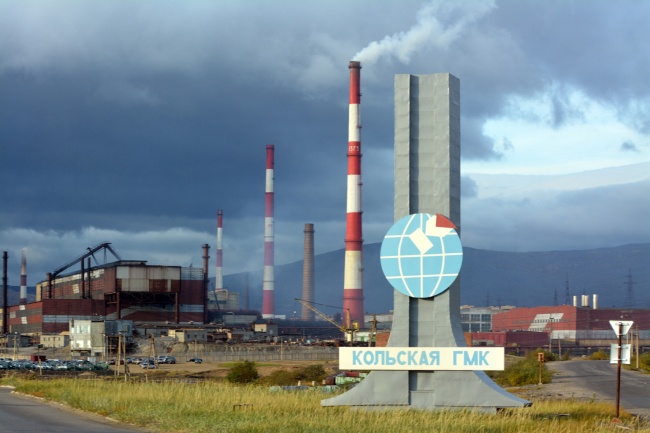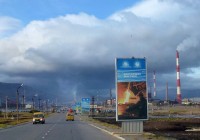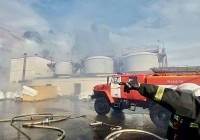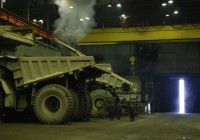Kola Peninsula sees drop in mining
ADVERTISEMENT
Industrial output, measured in volume, decreased by 4,1 percent from 2021 to 2022, according to data by Murmanskstat, the regional branch of Russia’s statistics service.
B-port was first to report the figures.
Metals demand from the world’s energy transition and state demand for the war efforts in Ukraine do not help the mining industry on the Kola Peninsula.
Mineral extraction decreased by 9,9 percent, while the drop for metal ores was 10,6 percent compared with 2021.
Nornickel is the largest private industrial company in the region with mines in Zapolyarny and smelters in Monchegrosk. Production of nickel ore fell by 19,6 percent the Murmanstat figures show.
Less mining, though, the volumes of nickel matte, copper matte and nickel concentrate produced at the smelters in Monchegorsk had a significant boost by 37 percent year on year. Nornickel’s plants on the Kola Peninsula process materials from the mines on the Taymyr Peninsula in addition to ore from Zapolyarny.
Production of platinum group metals increased by 23 percent.
ADVERTISEMENT

Iron ore concentrate decreased by 12,9 percent. The largest mine is in Olenegorsk, operated by Severstal.
The output from the apatite, and nepheline mining in the Khibiny mountains was stable with the same output as in 2021.
ADVERTISEMENT
The Barents Observer Newsletter
After confirming you're a real person, you can write your email below and we include you to the subscription list.





